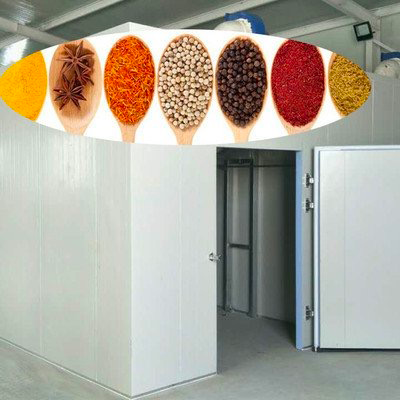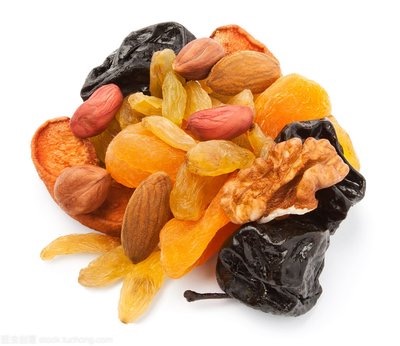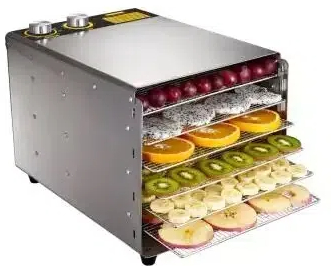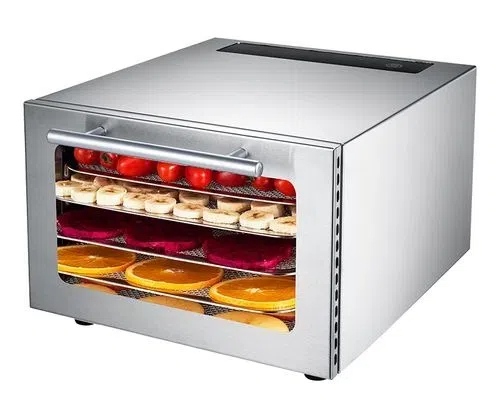
Content Menu
● What is a Heat Pump Dryer?
● Advantages of Heat Pump Dryers
● Disadvantages of Heat Pump Dryers
● Comparison with Vented Dryers
● Choosing the Right Dryer for Your Needs
● Maintenance Tips for Heat Pump Dryers
● Real-Life Applications
● Conclusion
● Frequently Asked Questions
>> 1. Are heat pump dryers worth the investment?
>> 2. Can I install a heat pump dryer anywhere?
>> 3. How long does it take for a heat pump dryer to dry clothes?
>> 4. Do heat pump dryers require special maintenance?
>> 5. Can I use a heat pump dryer for all types of fabrics?
Heat pump dryers have become increasingly popular due to their energy efficiency and versatility. Unlike traditional vented dryers, heat pump dryers operate using a closed-loop system that recycles air, making them a more environmentally friendly choice. This article will explore the workings of heat pump dryers, their advantages and disadvantages, how they compare to vented dryers, and provide insights into their maintenance and usage.

What is a Heat Pump Dryer?
A heat pump dryer is a type of clothes dryer that utilizes a heat pump to dry clothes. Instead of venting hot air outside like conventional vented dryers, heat pump dryers recycle the air within the machine. This process not only conserves energy but also allows for installation in various locations without the need for external venting.
How It Works:
1. Air Intake: The dryer draws in cool air from the room.
2. Heating Process: This air passes over a heat pump, which heats it using a refrigeration cycle.
3. Drying Cycle: The heated air enters the drum, where it absorbs moisture from the clothes.
4. Moisture Removal: The moisture-laden air is then passed through a condenser, where the moisture is removed and collected in a tank or drained away.
5. Recycling Air: The now-dry air is reheated and circulated back into the drum, continuing the drying process until the clothes are dry.
Advantages of Heat Pump Dryers
- Energy Efficiency: Heat pump dryers use significantly less energy compared to traditional vented dryers, often reducing energy consumption by up to 50%. This can lead to substantial savings on electricity bills over time.
- Gentler on Fabrics: By operating at lower temperatures (around 50°C), heat pump dryers are less likely to shrink or damage delicate fabrics. This feature makes them ideal for drying items such as wool, silk, and other sensitive materials.
- Flexible Installation: Since they do not require external venting, heat pump dryers can be installed in various locations within your home, such as laundry rooms or closets. This flexibility is particularly beneficial for apartments or homes where space is limited.
- Eco-Friendly: Reduced energy consumption translates to lower carbon emissions, making heat pump dryers a more sustainable choice for environmentally conscious consumers. Many models also come with energy ratings that can help consumers make informed decisions regarding their purchases.
- Condensation Management: Heat pump dryers typically include built-in water tanks that collect condensed moisture from the drying process. This feature eliminates the need for external drainage systems and simplifies maintenance.
Disadvantages of Heat Pump Dryers
- Longer Drying Times: One of the main drawbacks of heat pump dryers is that they typically take longer to dry clothes compared to vented dryers. This can be a consideration for those with large families or heavy laundry loads who may need to do multiple cycles in one day.
- Higher Initial Cost: Heat pump dryers generally have a higher upfront cost compared to vented models. However, this cost can be offset by lower energy bills over time, making them a worthwhile investment in many cases.
- Maintenance Requirements: Regular cleaning of the heat exchanger is necessary to maintain efficiency and performance. Neglecting this maintenance can lead to reduced efficiency and increased drying times.
- Noise Levels: While many modern heat pump dryers are designed to operate quietly, some models may produce more noise than traditional vented dryers due to the compressor operation involved in the heating process.

Comparison with Vented Dryers
| Feature | Vented Dryer | Heat Pump Dryer |
|------------------------------|---------------------------------------|---------------------------------------|
| Energy Efficiency | Less efficient; expels hot air | Highly efficient; recycles hot air |
| Drying Time | Faster drying times | Longer drying times |
| Installation | Requires external venting | No external vent needed |
| Cost | Generally cheaper upfront | Higher initial cost |
| Fabric Care | Higher risk of damage | Gentler on fabrics |
| Moisture Management | Expels moisture outside | Collects moisture internally |
Choosing the Right Dryer for Your Needs
When deciding between a heat pump dryer and a traditional vented dryer, consider the following factors:
- Laundry Volume: If you frequently do large loads of laundry or have limited time for drying cycles, you may prefer a vented dryer for its faster drying capabilities.
- Space Availability: If you live in an apartment or have limited space for installation, a heat pump dryer might be more suitable due to its flexible installation options.
- Energy Costs: Evaluate your local energy costs. If energy prices are high in your area, investing in a heat pump dryer could result in significant savings over time.
- Fabric Types: Consider the types of fabrics you frequently wash. If you often wash delicate items that require gentle care, a heat pump dryer would be advantageous due to its lower drying temperatures.
Maintenance Tips for Heat Pump Dryers
To ensure optimal performance and longevity of your heat pump dryer, follow these maintenance tips:
1. Clean the Filter Regularly: After each use, remove and clean the lint filter to prevent blockages that can reduce efficiency and increase drying times.
2. Check the Condenser: Depending on your model, you may need to clean the condenser periodically. Refer to your user manual for specific instructions on how often this should be done.
3. Empty Water Tank: If your model has a water tank for collecting moisture, make sure to empty it regularly unless it has an automatic drainage option.
4. Inspect Hoses and Connections: Regularly check any hoses or connections for signs of wear or damage. Replace them if necessary to prevent leaks or malfunctions.
5. Schedule Professional Servicing: Consider having your dryer serviced by a professional every few years to ensure all components are functioning correctly and efficiently.
Real-Life Applications
Heat pump dryers are particularly beneficial in various real-life scenarios:
- Urban Living: In cities where space is at a premium, residents appreciate the compact design and flexibility of installation that heat pump dryers offer without needing external ventilation systems.
- Energy-Conscious Households: Families looking to reduce their carbon footprint find heat pump dryers an appealing option due to their energy efficiency and lower operational costs over time.
- Delicate Fabric Care: Tailors and fashion enthusiasts who frequently work with delicate fabrics benefit from using heat pump dryers as they provide gentler drying conditions compared to traditional methods.
Conclusion
In summary, while heat pump dryers are not vented in the traditional sense, they offer numerous benefits that make them an attractive option for many households. Their energy efficiency and gentle drying capabilities make them suitable for various fabrics and laundry needs. Although they may take longer to dry clothes and have a higher initial purchase price, the long-term savings on energy bills can make them a wise investment.

Frequently Asked Questions
1. Are heat pump dryers worth the investment?
Yes, despite their higher upfront cost, heat pump dryers save money on energy bills over time due to their efficiency.
2. Can I install a heat pump dryer anywhere?
Yes, since they do not require external venting, heat pump dryers can be installed in various locations within your home.
3. How long does it take for a heat pump dryer to dry clothes?
Heat pump dryers typically take longer than vented dryers; drying times can range from 1 to 2 hours depending on load size and moisture content.
4. Do heat pump dryers require special maintenance?
Yes, regular cleaning of the heat exchanger is necessary to keep the dryer operating efficiently.
5. Can I use a heat pump dryer for all types of fabrics?
Yes, heat pump dryers are gentler on fabrics due to their lower drying temperatures, making them suitable for delicate items as well as heavier fabrics.












